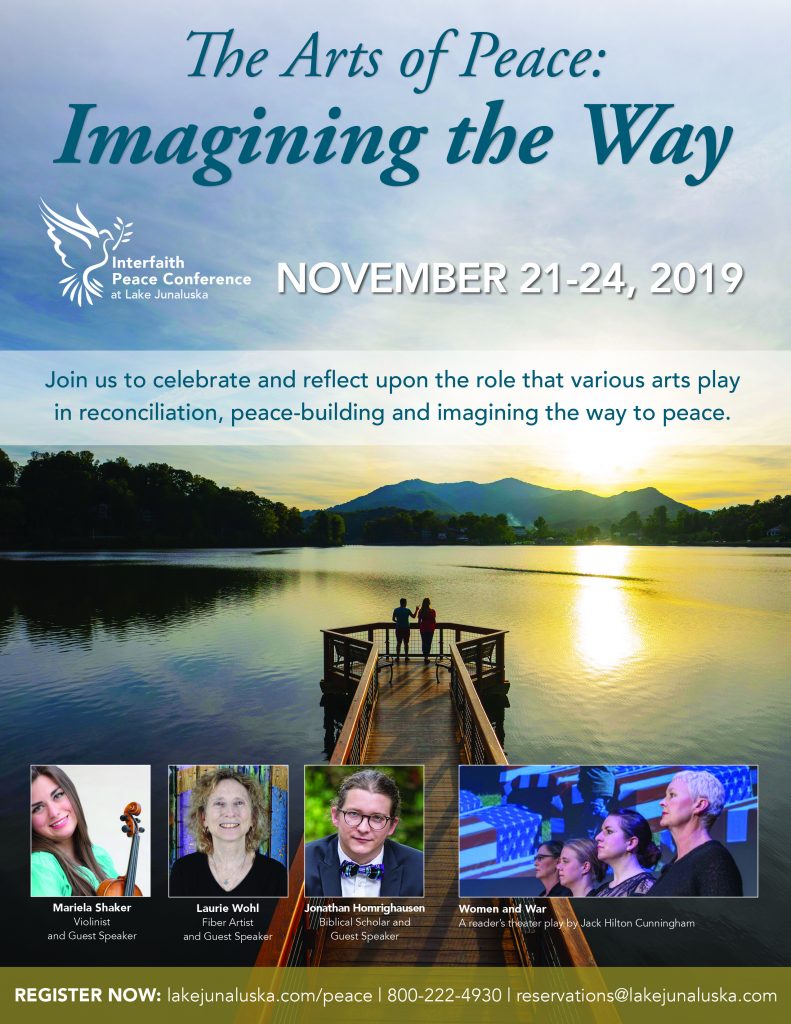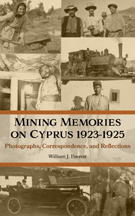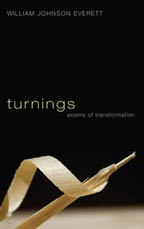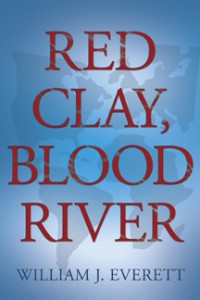As some of you know, Sylvia and I have been working for the past eighteen months as co-chairs of the Tenth Lake Junaluska Interfaith Peace Conference, which will take place at Lake Junaluska, NC, November 21-24. The theme of this year’s Conference is “The Arts of Peace: Imagining the Way.” For the past ten years this Interfaith Peace Conference has explored many aspects of the work of peace-building at the intersection of the great Abrahamic religious traditions. In all of them the arts have played a crucial role in focusing our understanding, inspiring our imaginations, and moving our hearts. These conferences were originally intended as a ten-year effort to lift up the work of peace. In this capstone conference we will celebrate the role of the arts in peace-building as an inspiration to each of us to continue the work of peace in many other ways.
We are deeply moved by the depth and breadth of the offerings being brought by our presenters. You can see more about the Conference at www.LakeJunaluska.com/peace, but here I just want to lift up some of the highlights and why I think they are significant.
The first involves the art of calligraphy and the illumination of texts. At the heart of our ancient religious family of Judaism, Christianity, and Islam lie sacred texts. As mere words they have sometimes been twisted and used to support terrible destruction and enmity. But they also can inspire us to the depths of God’s grace and the heights of God’s peace. In all these traditions these sacred words have been artfully re-presented, illuminated and embellished to bring out the deeper meanings that may be hidden from the casual eye. Two full-size “Heritage” volumes of The Saint John’s Bible will be on loan to us from Carson-Newman University, with interpretations by their university care-takers as well as by Jonathan Homrighausen, author of Illuminating Justice: The Ethical Imagination of the Saint John’s Bible. The astonishing beauty and complexity of this extraordinary Bible, the first handwritten Bible since the Middle Ages, will be present throughout the conference.
To complement this Bible, Bahman Panahi, foremost present-day calligrapher in the Islamic tradition, will exhibit and interpret samples of his artistry and open up the importance of calligraphy and illumination in Islamic tradition. A nearby Jewish temple has graciously agreed to loan us a Torah scroll to complete our calligraphy explorations.
Our ancient texts are the ground not only for these marvelous flights of vision, but for the sounds of speech, chant, and song. Ilyas Kashani, a practitioner of Chinese and traditional Islamic healing, will open us up to the way the sounding of words shapes our inner dispositions and our relationships with the world, forming yet another possible pathway to peace.
And we will hear music that lifts us beyond the written word to the sounds beneath and around them. Mariela Shaker, a young classical violinist in exile from her native Syria, will perform and speak about the call to bind up the wounds of our fellow human beings torn apart by the conflicts of our day. The voices of African-American Gospel tradition as well as a song especially composed for the conference by Scott Taylor will stir our deepest yearnings for peace. We will also have the opportunity to feel the pace and dance of a meditative labyrinth. Gloria Hage, the North American Director of the Institute for the Healing of Memories, will lead us into the way artistic expression can help us deal with the traumas that keep us from a more peaceful life. Fiber artist Laurie Wohl will exhibit and reflect on her work as it weaves new connections in a post 9/11 era among our traditions as well as our aspirations. And, with a performance of Women and War, we will enter the dramatic world of women struggling with the ravages of war and the haunting hope for peace. Through the power of dance, we will be drawn into the meditative circling of God’s peace in the ancient Sufi practice of the Sema, led and interpreted by Kabir and Camille Helminski, foremost interpreters of Rumi’s poetry.
wounds of our fellow human beings torn apart by the conflicts of our day. The voices of African-American Gospel tradition as well as a song especially composed for the conference by Scott Taylor will stir our deepest yearnings for peace. We will also have the opportunity to feel the pace and dance of a meditative labyrinth. Gloria Hage, the North American Director of the Institute for the Healing of Memories, will lead us into the way artistic expression can help us deal with the traumas that keep us from a more peaceful life. Fiber artist Laurie Wohl will exhibit and reflect on her work as it weaves new connections in a post 9/11 era among our traditions as well as our aspirations. And, with a performance of Women and War, we will enter the dramatic world of women struggling with the ravages of war and the haunting hope for peace. Through the power of dance, we will be drawn into the meditative circling of God’s peace in the ancient Sufi practice of the Sema, led and interpreted by Kabir and Camille Helminski, foremost interpreters of Rumi’s poetry.
This does not even exhaust the opportunities at the conference. It has been a great privilege to be in contact with these creative people and to explore the ways the arts can inform our efforts at peace-building in a time of great ugliness, distorted vision, and tragic deceptions. We wish everyone could be there at this marvelous feast. I can’t end without a pitch for anyone who might still be able to free up time and resources to be with us.
Yes, you are invited here to a feast of artistry that we hope will illuminate our understanding, excite our imaginations, and inspire us to the ongoing work of peace in a world torn by conflict and burdened with environmental destruction. I hope the conference will lift up our hearts, our voices, our eyes, and our hands. Maybe it will help us live more deeply into the beauty of our Creator’s call to peace.








 Red Clay, Blood River
Red Clay, Blood River